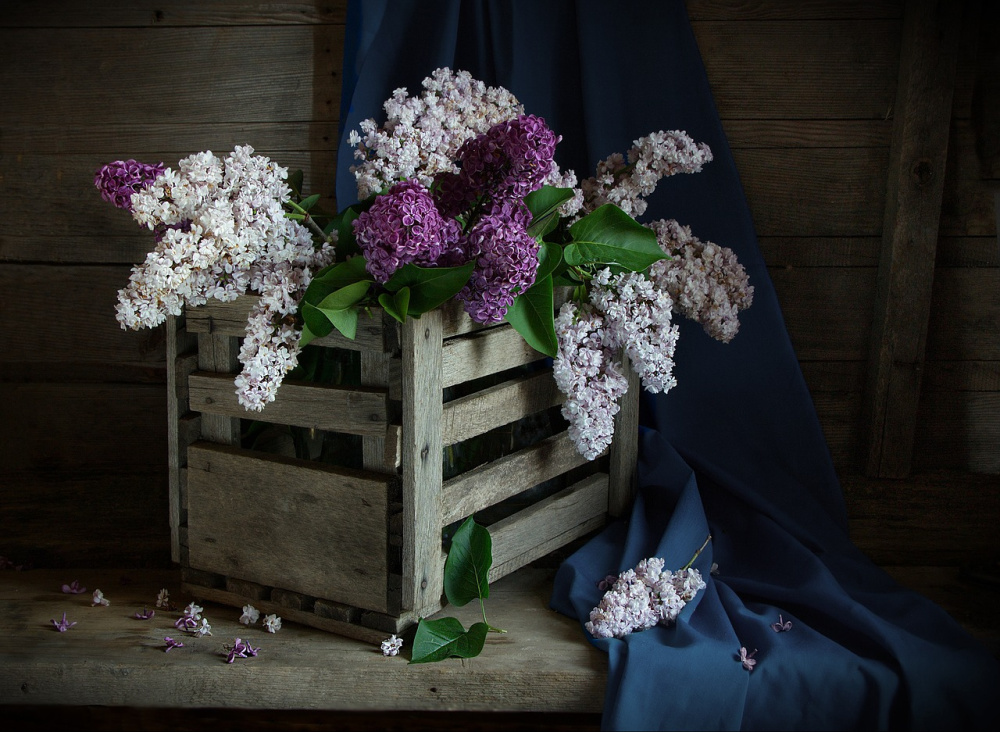
Some of the links on this page contain affiliate links. Renaissance Path is a participant in the Amazon Associates Program, an affiliate advertising program that provides a way for websites to earn advertising fees by linking to products. We only link to products we normally use and trust. When you purchase an item through the link we receive a small commission at no additional cost to you. This helps pay for the costs associated with running this blog. Your support is greatly appreciated. Thank You!
8 Unique Ways to Use Lilacs
Lilacs are in my top 5 favorite flowers. They smell absolutely divine. I have a huge lilac bush in my front yard and sometimes I just go out to my front yard and sit by it and enjoy the sight and scent. I have fond memories of lilacs. They were one of my grandma’s favorite flowers. Also, my grandma’s name was Lila so it kinda sounds like lilac. I was very close to my grandma.
For most of my life, I just thought of lilacs as a beautiful flower that is used in flower arrangements or used in perfume making. But lilacs can offer so much more.
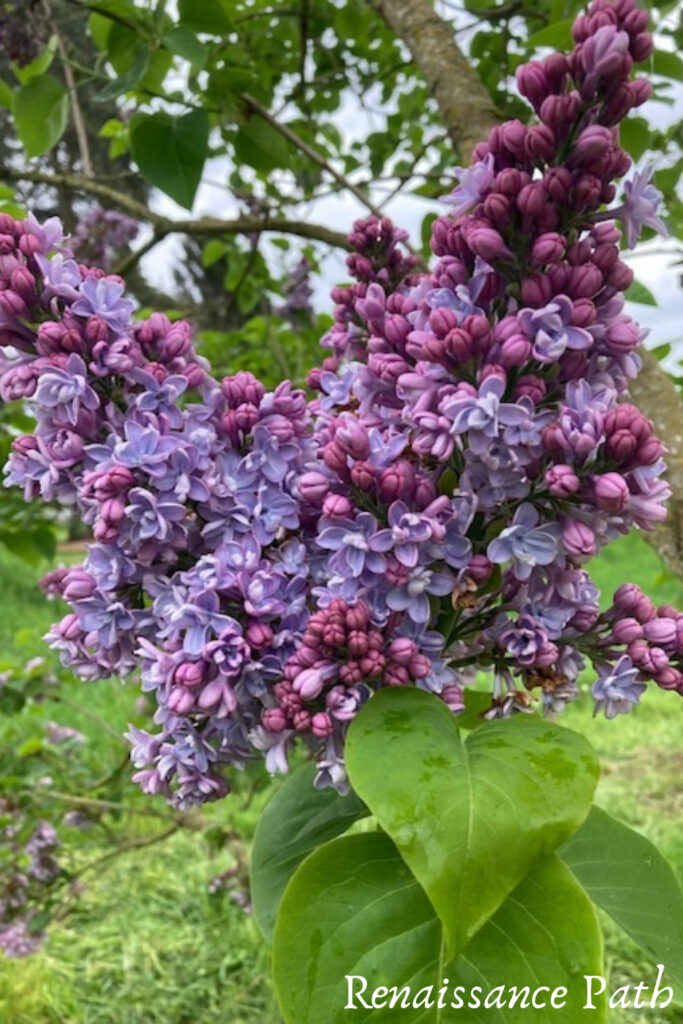
Lilac at a Glance
The botanical name for Lilac is Syringa vulgaris. Lilac shrubs belong to the Oleaceae family, the same family as olives and jasmine. There are more than 1000 varieties of lilacs.
Lilacs were brought over to America by colonists in the 17th century. They originate from eastern Europe and Asia.
Lilacs bloom in late April or early May and are usually one of the first flowering shrubs to start blooming in spring.
About 5 years ago I learned lilacs have medicinal value as well as being edible.
Folkflore
Folklore about lilacs comes from all over the world. In Russia hanging lilac above a baby’s crib will bring wisdom. In American folklore, it was believed that placing lilac in a haunted house would drive away ghosts. The Celtics thought lilac was magical due to its intense fragrance. During the Victorian Era given lilacs were a remembrance of old love.
In Greek Mythology Pan the God of Forests and Fields was hopelessly in love with a nymph named Syringa. One day Pan was aggressively pursuing Syringa and she was afraid so she turned herself into a lilac bush. Lilac bushes have hollow reeds, Pan cut a reed and made the first pan pipe(flute).
In Greek the word Syringa means pipe. The scientific name for common lilac is Syringa vulgaris.
Lilac Colors and Symbolism
Lilac(light purple) symbolizes first love.
Violet colored lilacs symbolize spirituality.
Blue colored lilacs represent happiness and tranquility and peace.
White lilacs symbolize purity and innocence.
Magenta- represents love and passion
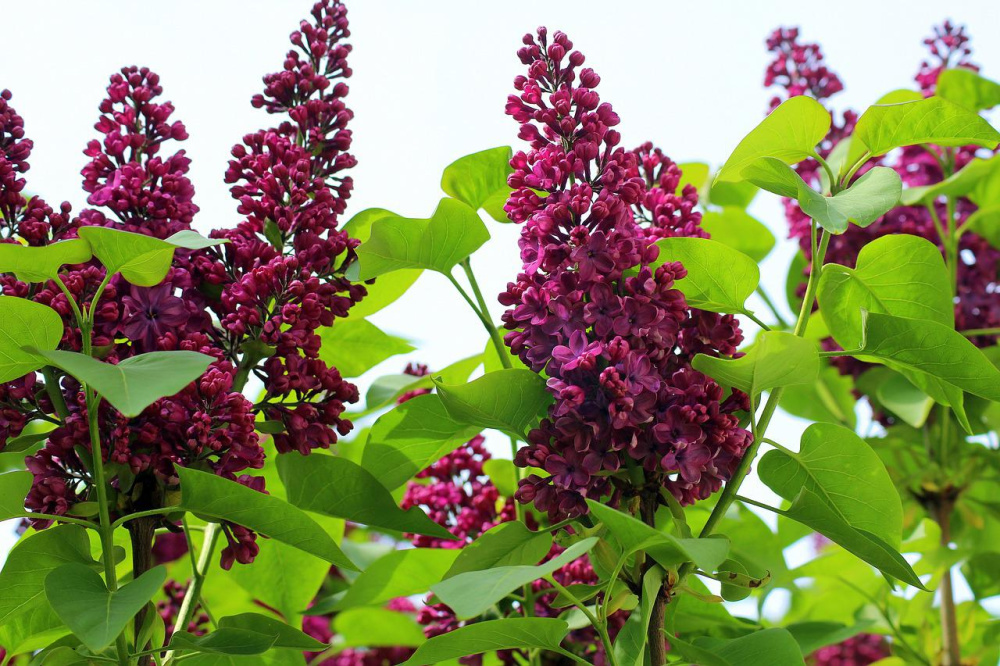
Lilacs Actions in Western Herbalism/Folk Medicine
Bark
Anti-periodic– Lilac is anti-periodic which means it prevents illnesses from reoccurring like fever or malaria.
Febrifuge– Lowering of fevers.
Astringent– Tightens soft tissues and tones skin.
Anti-inflammatory– Reduces inflammation and swelling.
Anti parasitic-Expels parasites or worms.
Flower Buds
Antiseptic– Preventing the growth or germs or bacteria, cleaning.
Antitussive– Relieves or prevents coughing.
Antiviral– Works against viruses.
Anticoagulant– Blood thinning, prevent formation of clots.
Diuretic– Helps your body rid itself of excess water and salt.
Purgative- Has laxative effect.
Stomachic– Assisting in digestion.
Lilac is most commonly used for fevers, as an anti-parasitic, and also as an antiperiodic(which means it prevents disease from returning).
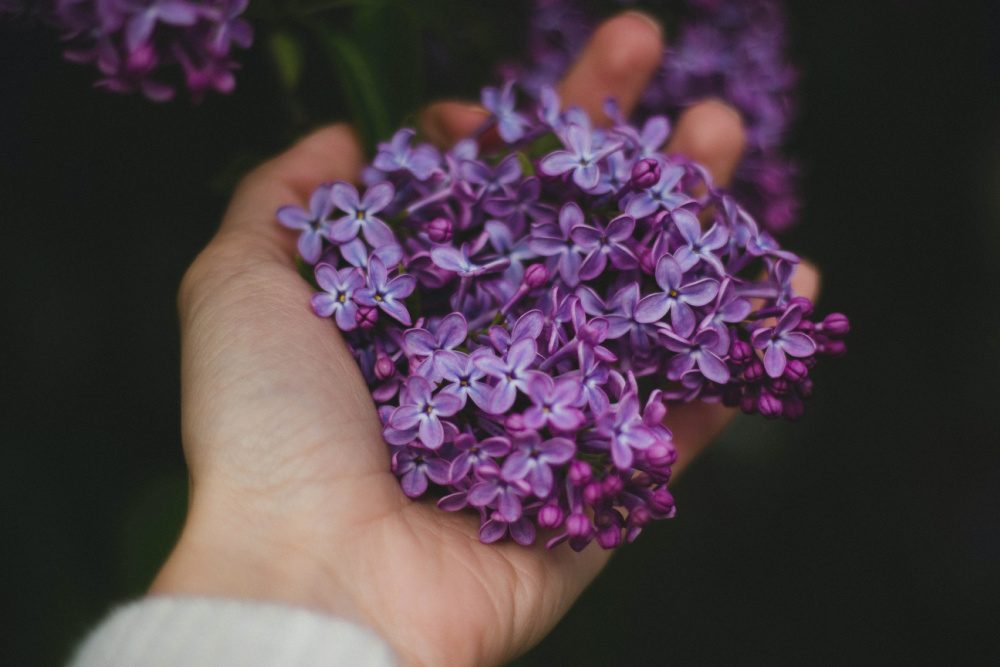
Lilac in Eastern Medicine/ Tradition Chinese Medicine(TCM)
Flower Bud Actions
Clears heat, soothing the stomach, moves blood and Qi, and helps clear phlegm.
Root Bark Actions
Relieves swelling and helps inflammation, moves blood, and detoxes blood.
Medicinal uses in TCM
Flowers buds can help with colds and flu, persistent coughs, bronchitis, lung infections, headaches, skin rashes, nausea, and digestive problems. It’s also used for parasites.
Root bark is used for acute mastitis, carbuncles, swollen boils, pain, inflammation-and cleanses blood and
Studies on Lilac(Syringa vulgaris)
Lilacs contain a compound called neooleuropein. What can neooleuropein do in the body? According to studies, this compound was the most active in the inhibition of cytokine production. Cytokines are small proteins involved in immune response and inflammation. This study showed extractions and infusions of lilac were able to reduce ROS and IL-8 production significantly(1). Lilacs are anti-inflammatory.
Syringa vulgaris(common lilac) may prevent blood stasis syndrome. Blood stasis syndrome is a concept from TCM (Traditional Chinese Medicine) and also Japanese medicine. Blood stasis is when blood is stagnant and pools, causing pain and other symptoms. The polyphenols from Syringa vulgaris are thought to be useful in preventing blood stasis(2).
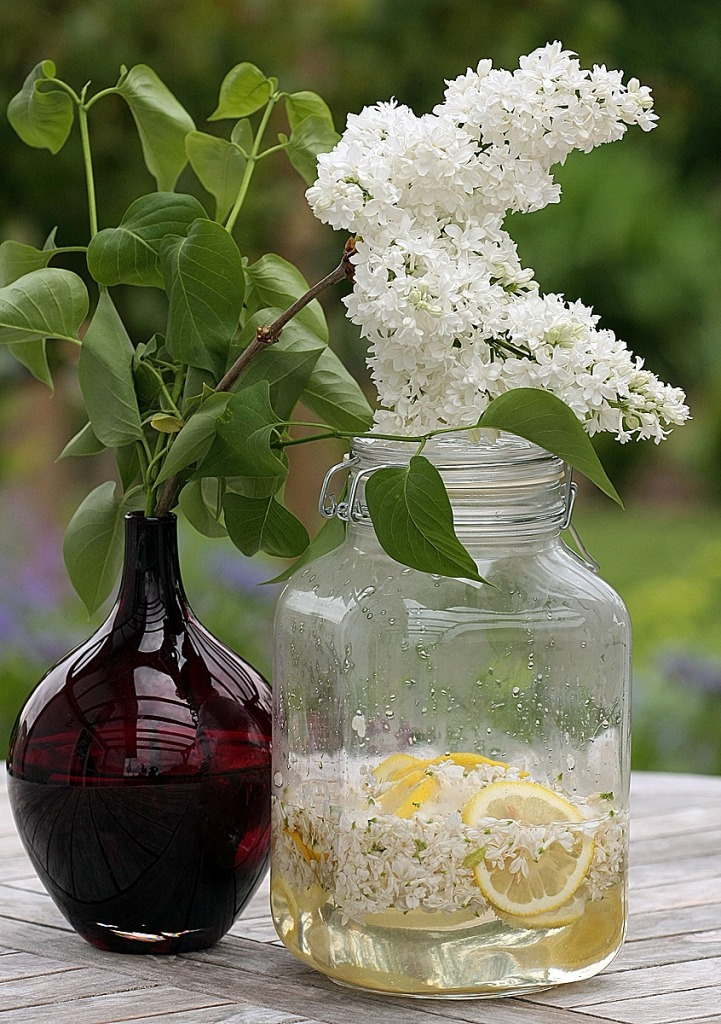
8 Unique Ways to Use Lilac
Lilac is a great facial toner. Lilac has astringent properties. You can infuse witch hazel with lilac which is a known astringent. You take lilac flowers and another flower like calendula and put them in a jar and fill with witch hazel and let sit for 4 weeks and then strain. Here is a YouTube tutorial from Blossom Herbs for calendula toner, you can just add in lilac flowers as they are considered astringent as well. Astringent means it will draw and tighten dry skin.
You can make a tincture with lilac flowers. April from She is of the Woods YouTube channel shows you how you can make your own lilac tincture. April is one of my favorite herbalists.
Lilac syrup can be used for lilac lemonade, syrup over ice cream, or over pancakes and waffles. The blog The Spruce Eats has a recipe for lilac syrup.
As a food garnish for cakes, or cookies. Homespun Seasonal Living has some great ways to use lilacs.
As a tea infusion using lilac flowers. Sara from Life’s Little Sweets gives easy directions on how to make lilac tea.
You can make sugared lilacs. A Canadian Foodie has a recipe for this on her blog.
You can make a lilac enfleurage pomade. North Shore Apothecary has directions on how to do this process.
You can make a lilac-scented oil. I do recommend making smaller batches of the lilac oil because the flowers contain water and this can cause the oil to go rancid faster. So smaller bottles are better unless you plan on using the oil quickly. The blog Simply Beyond Herbs has a recipe for making your own oil.
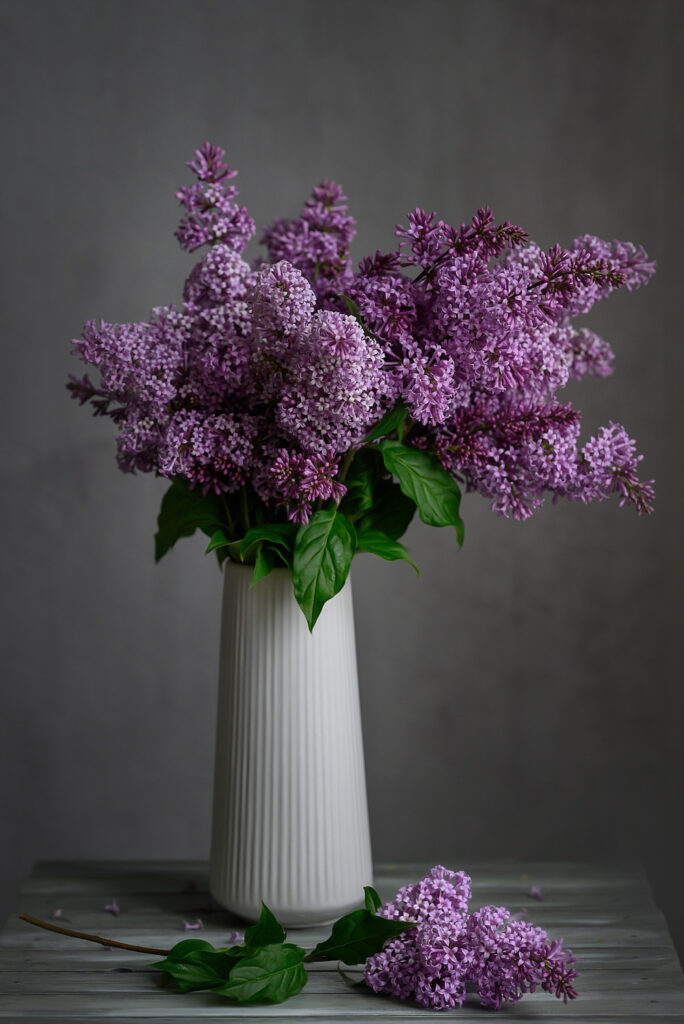
Interesting Facts About Lilacs
Wood from the lilac bushes or trees are sometimes used to make musical instruments like flutes.
The lilac roots are fairly big and I have seen people use them to make decorative bowls or vases.
Purple-colored lilacs have the strongest fragrance. More so than white or pink.
Lilac bushes were said to have been in George Washington’s gardens as well as Thomas Jefferson’s.
New Hampshire’s state flower is the Lilac.
Lilac bushes can live 100 years. Because of that oftentimes you will find old lilac trees near old homesteads.
Lilacs belong to the olive family.
There are some varieties of Lilacs that can survive cold winters with freezing temps down to -40 Degrees Fahrenheit.
There is a variety called Bloomerang lilac that blooms twice a year!
Lilacs are the flower for the 8th wedding anniversary.
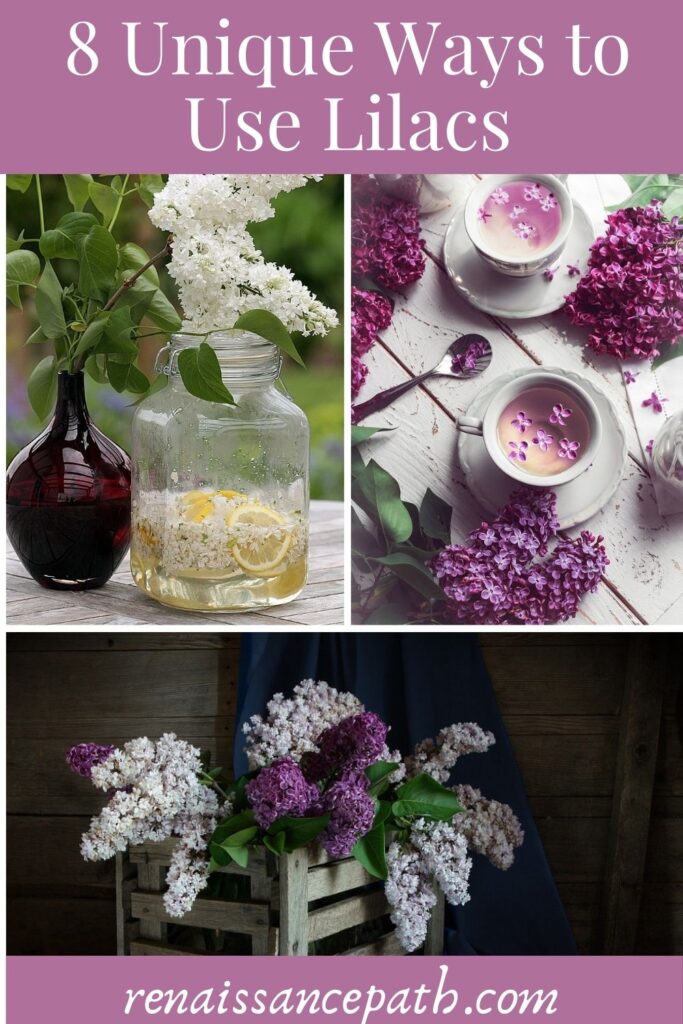
Final Thoughts
As you can see lilacs are so much more than just a fragrant beauful flower. They are food and medicine and decorative. Hopefully, I have changed how you look at this botanical beauty and possibly inspired you to make something with lilacs or eat them. Let me know if you try them!
Much Love,
Melissa
If you enjoy learning about the healing powers of flowers and herbs check out this post here on Usnea.
This website is for educational purposes only. The information provided by Renaissance Path is not intended to diagnose, treat, or cure any diseases. Please consult a qualified health care professional for medical advice.
Hi Melissa! Thanks for this post, Lilacs are so beautiful and amazing. Would you mind sharing your sources for the traditional medicinal uses of Lilacs? It’s not easy to find! I’ve found some of this in Maude Grieve’s Herbal, but would love to dig deeper.